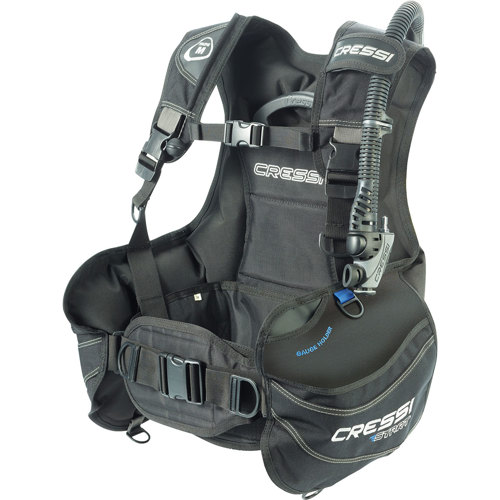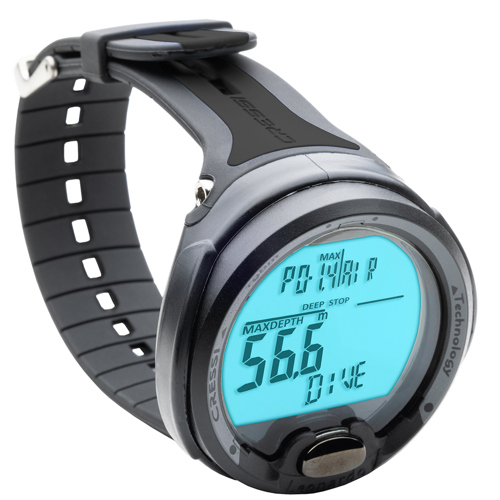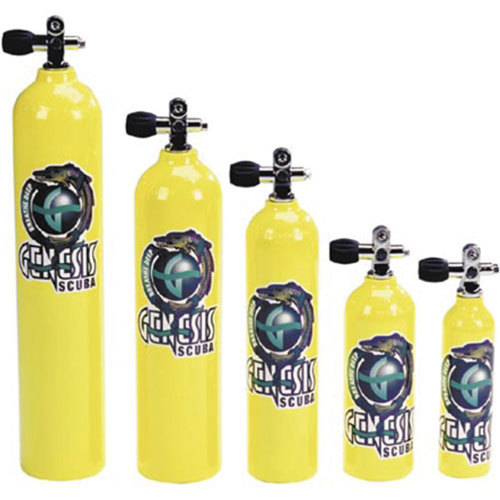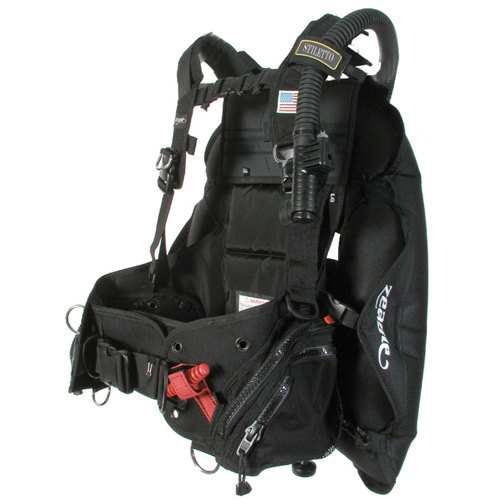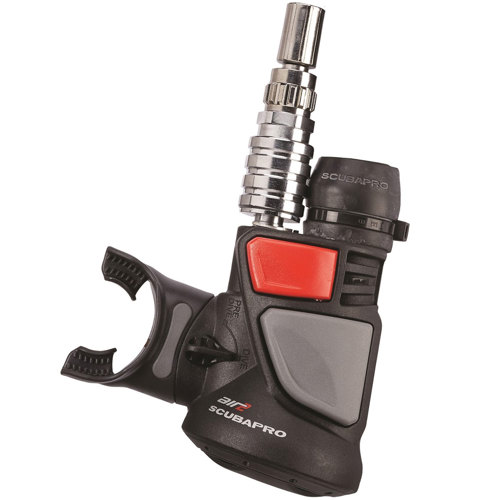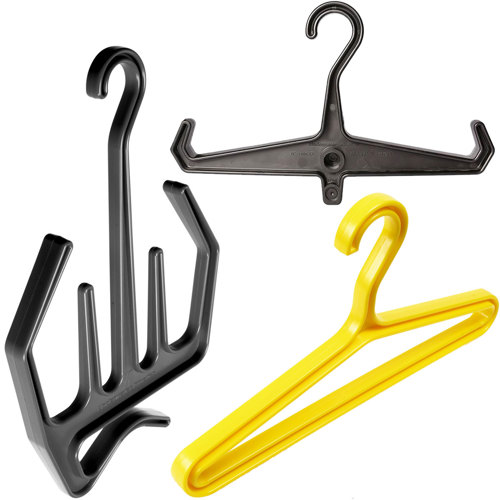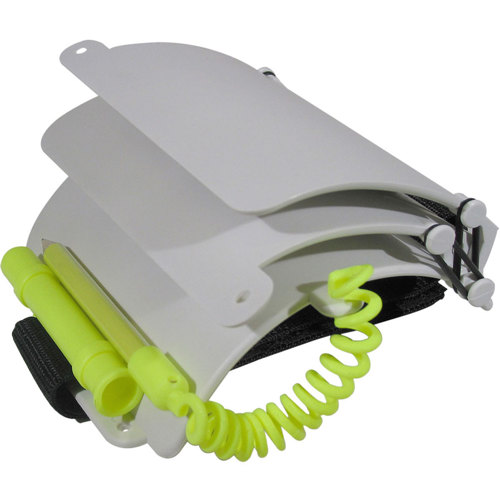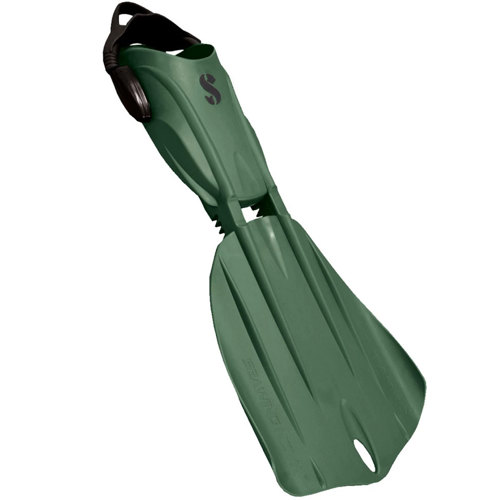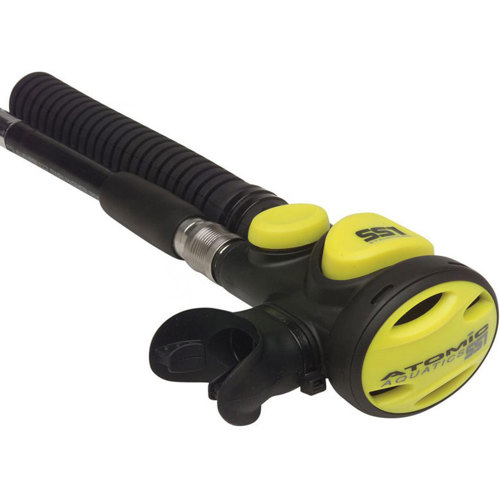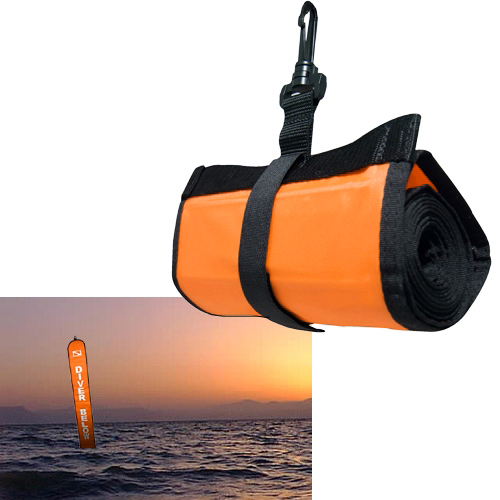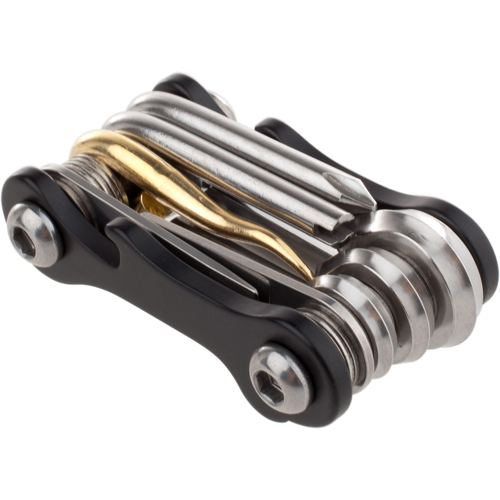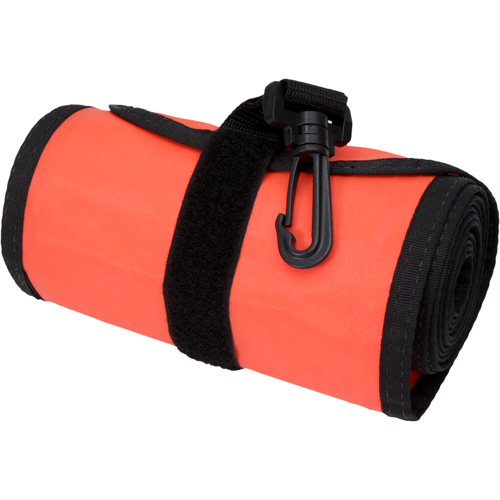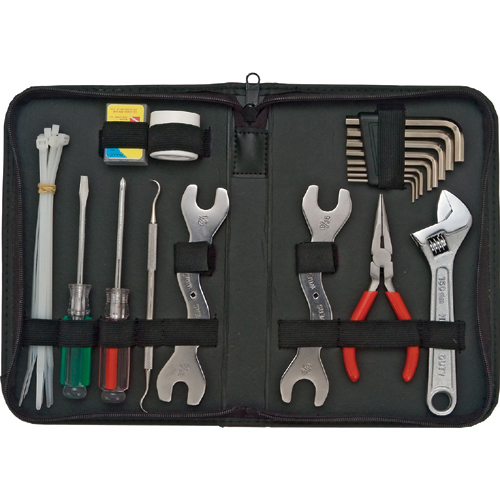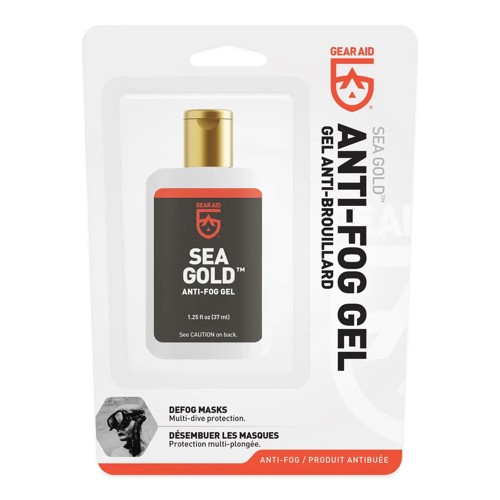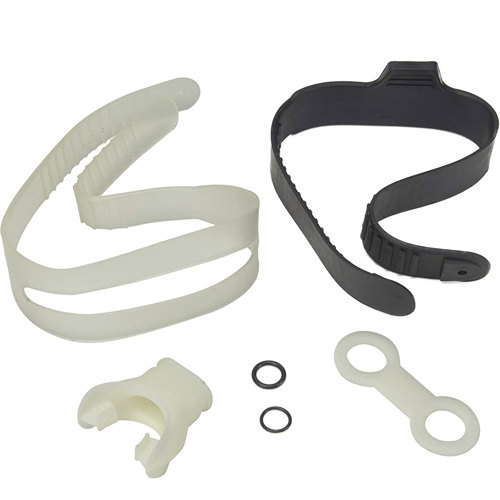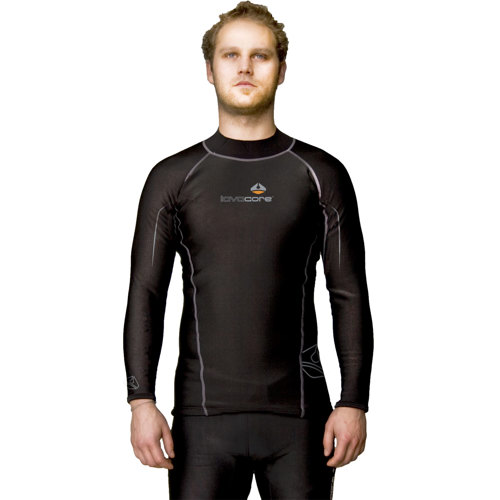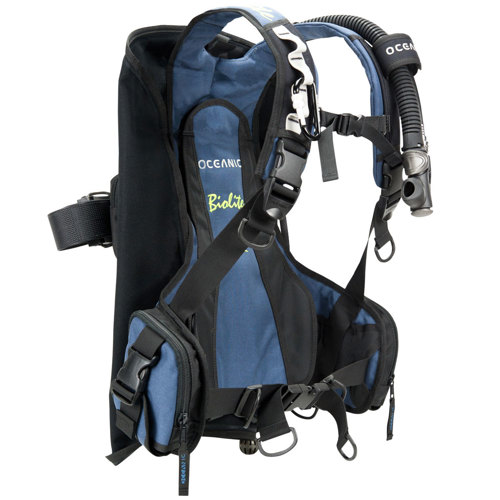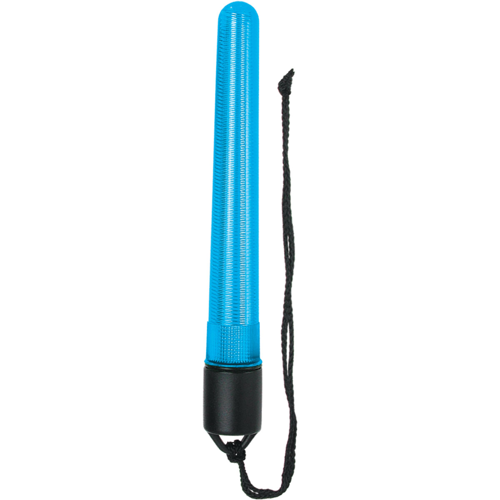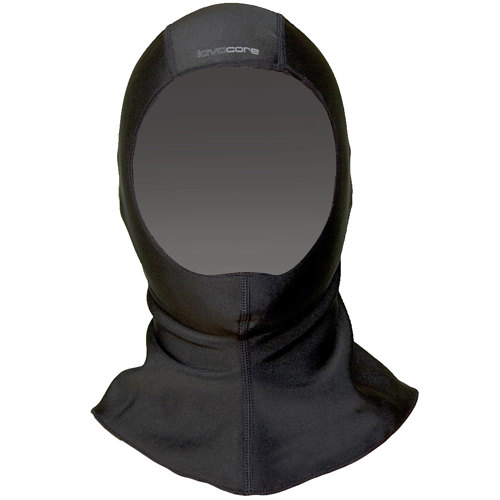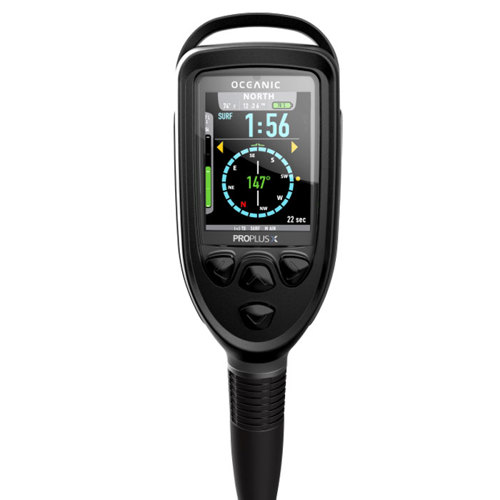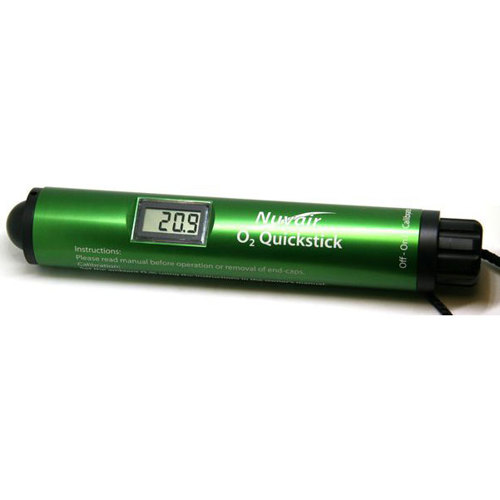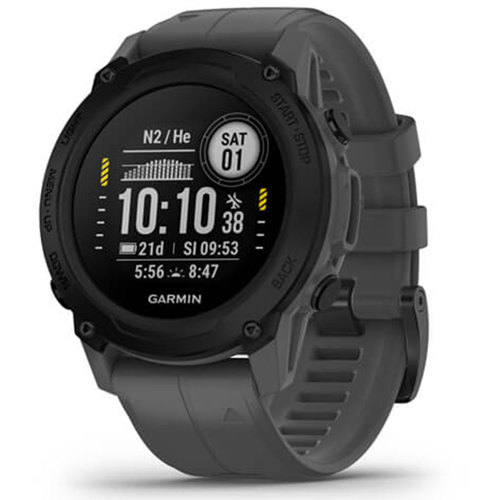For those who dedicate themselves to teaching scuba, the right equipment is more than just a matter of convenience—it’s a foundation for safety, professionalism, and confidence both above and below the surface. Dive instructors rely on gear that can withstand the rigors of daily use, endure changing water conditions, and perform flawlessly during critical teaching moments. When assembling a professional kit, instructors typically prioritize a dependable regulator setup with a reliable alternate air source, as this is vital for demonstrating air-sharing techniques and ensuring student safety. A comfortable, adjustable BCD is essential, especially when demonstrating buoyancy control, which is often the cornerstone of effective instruction. Exposure protection—whether a wetsuit or drysuit—plays a key role in maintaining comfort during long sessions, particularly as September ushers in cooler water temperatures in many dive destinations. A well-fitted mask and a simple, durable snorkel are daily essentials; instructors often cycle through several sets in a busy season, so durability and comfort are crucial. Accessories like a sturdy dive knife, a precise compass, and a reliable dive computer are not only required for professional standards but also indispensable tools for navigation, safety, and skill demonstration.
Beyond the core gear, instructors benefit from a range of thoughtful accessories that enhance both teaching and personal comfort. Underwater slates are invaluable for tracking student progress, mapping training areas, and communicating complex instructions when hand signals aren’t enough. Dive lights, especially compact and lightweight models, are favored for pointing out marine life or illuminating features during training dives in low-visibility conditions. Clips and lanyards help keep gear streamlined and accessible, reducing the risk of losing important items during busy classes. These products are not just for instructors themselves; they also make excellent gifts for newly certified professionals, mentors, or anyone embarking on a dive career. The transition from recreational diver to instructor is a significant milestone, and quality gear can serve as a meaningful and practical token of achievement. For those seeking in-depth advice on building a professional kit, or looking to stay updated with the latest standards and best practices, the
Resources For Dive Instructors page is an excellent place to start, offering guidance and support for every stage of an instructor’s journey.
Choosing the right essentials is about more than meeting minimum requirements; it’s about equipping oneself for the demands of teaching, the unpredictability of open water, and the diverse needs of students. Many instructors recall their first season leading classes—juggling gear, tracking student skills on a slate, and navigating new dive sites with a trusty compass clipped to their BCD. The right equipment made all the difference, allowing them to focus on their students’ learning and safety. As the dive season transitions into autumn, and water conditions begin to shift, having dependable, well-maintained gear becomes even more important. Whether preparing for instructor development courses, outfitting for a new teaching role, or simply refreshing well-worn essentials, investing in professional-grade equipment is a commitment to excellence and safety in every dive.


